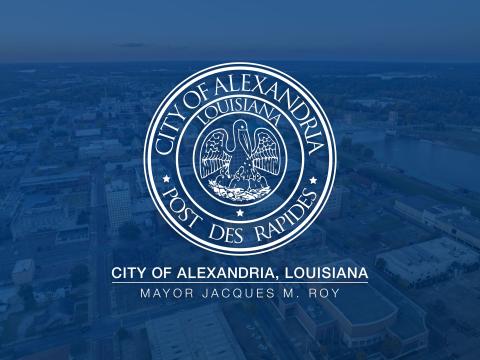Stakeholder Official Statement on Parade Cancellation and Public Safety
First, we treat a credible threat to large, recreational public events—where thousands are gathered— as dynamic and calling for maximum transparency. Any risk of losing some investigative value by holding intelligence close must be weighed against the risk that such information made to the public allows citizens to make personal decisions.
Earlier today, at approximately 10:40 a.m., the Alexandria Police Department made the difficult but necessary decision to cancel the Peabody Homecoming parade due to credible and immediate threats to public safety. We believe this action was essential to protect our citizens from harm and likely saved lives.
Key Points:
Credible Threats Confirmed: We received verified intelligence of retaliatory threats from individuals outside of Rapides Parish, targeting our Alexandria community. These threats were specifically aimed at parade-goers, Peabody students, and alumni.
Threats to the Parade: The information we gathered indicated that the parade, a large and open event, was vulnerable to violence. The threats included reports of individuals carrying long-gun weapons and a clear intent to harm parade-goers in retaliation for events related to the Super Daqx bar, outside of Alexandria.
Threats to the Citizens; Actions: Based on the Super Daqx incident at 7500 Hwy. 71 South— an incident happening early this morning—we continued to confirm credible retaliatory threats from these persons outside of Alexandria and Rapides Parish, even after calling off the parade.
Included in the credible threats today—confirmed through authenticated witness information that could be independently verified—the most direct threat to Peabody students, alumni, and revelers was confirmed just prior to parade time, with an alarming indication the retaliation should not be concerned with innocent parade-goers.
These direct threats to parade-goers accepted as true, based on the totality of circumstances in which they were received with predictive value, required actions.
A parade is a porous event. Law enforcement has a strained ability to prevent dangers to parade-goers, where large amounts of people are gathered and unable to defend themselves, escape, or even evade threats.
Persons from out of town have been disrupting emergency and other services this morning in retaliation for the event occurring outside of Alexandria; but our leaders must protect Alexandria when these persons have targeted and made our citizens potentially at risk, with clearly real threats to life and property. Out-of-towners were disrupting businesses in Alexandria last night. Alexandria will not tolerate this behavior tonight. Parking lots will be clear surrounding convenience stores, bars, and establishments selling alcohol.
The school board superintendent was and will be further briefed.
Framework for Decisions
While there is no single "national standard" or mandatory federal rule for calling off a parade due to a credible threat, the decision is determined by a collaborative process among local event organizers, law enforcement, and other public safety agencies, guided by risk assessment, best practices, and federal frameworks. Key decision-makers
Local law enforcement: Police, fire departments, and emergency medical services (EMS) are crucial to validating the threat and assessing the risk to public safety.
Event organizers: As the party responsible for the event, including our school board and its stakeholders, we all have a "duty of care" to protect attendees from foreseeable harm and are involved in all decision-making.
Intelligence gathering: Local officials communicate with other agencies to analyze intelligence and assess threat credibility.
Local government: City or parish officials are the final authority for granting or revoking event permits.
Collaborative process for assessing a credible threat
Threat identification: Potential threats can come from various sources, including direct warnings, suspicious activity reported by the public, or intelligence gathered by law enforcement.
Risk assessment: The threat is evaluated by law enforcement and public safety officials to gauge its potential impact and likelihood of occurring. Factors considered include:
Threat analysis: The nature, source, and credibility of the specific threat.
○ Vulnerability analysis: How and where the threat could be carried out, such as access points and potential targets.
○ Consequence analysis: The potential harm to attendees, property damage, and loss of life if the threat is realized.
Crisis response planning: A plan is developed to mitigate identified risks, which can range from enhancing security to canceling the event altogether. Options include:
Enhanced security: Adding more security personnel, setting up barriers, and implementing bag checks.
○ Route modification: Altering the parade route to avoid vulnerable areas.
○ Postponement or cancellation: If the threat is deemed too severe or cannot be mitigated effectively, canceling the event becomes necessary.

